PANACUR® SUSPENSION 10% (fenbendazole)
Cattle dewormer for the removal and control of lungworms, stomach worms, and intestinal worms.
LEARN MOREINNOVAX®-ND-ILT
For vaccination of healthy 18-day old chicken embryos or 1-day old chickens against Marek’s disease, ND and infectious laryngotracheitis.
LEARN MOREINNOVAX®-ND-IBD
For vaccination of healthy 18-day old chicken embryos or 1-day old chickens for prevention of Marek’s disease, ND, IBD (Standard and Variant).
LEARN MOREINNOVAX-ND
For vaccination of healthy 18-day old chicken embryos or 1-day old chickens for the prevention of Marek’s disease and Newcastle disease.
LEARN MOREINNOVAX®-ILT-SB
For vaccination of healthy 18-day old chicken embryos or 1-day old chickens for the prevention of Marek’s disease and Infectious Laryngotracheitis.
LEARN MOREINNOVAX®-ILT-IBD
For vaccination of healthy 18-day old chicken embryos or 1-day old chickens for the prevention of Marek’s disease, ILT and IBD disease.
LEARN MOREINNOVAX®-ILT
For vaccination of healthy 18-day old chicken embryos or 1-day old chickens for the prevention of Marek’s disease and Infectious Laryngotracheitis.
LEARN MOREINCURIN® TABLETS
LEARN MOREBANAMINE®-S (flunixin meglumine injection)
For the control of pyrexia associated with swine respiratory disease.
LEARN MOREPANACUR® C CANINE DEWORMER
LEARN MOREBANAMINE® TRANSDERMAL
Indicated for the control of fever associated with BRD, bovine mastitis and pain associated with foot rot. The first and only NSAID cattle…
LEARN MOREPANACUR® (fenbendazole) POWERPAC
PANACUR® (fenbendazole) Paste 10% is indicated for the control of large strongyles (Strongylus edentatus, S. equinus, S. vulgaris), encysted early third stage (hypobiotic), late third stage and fourth stage cyathostome larvae, small strongyles, pinworms (Oxyuris equi), ascarids (Parascaris equorum), and arteritis caused by fourth stage larvae of Strongylus vulgaris in horses.
LEARN MORE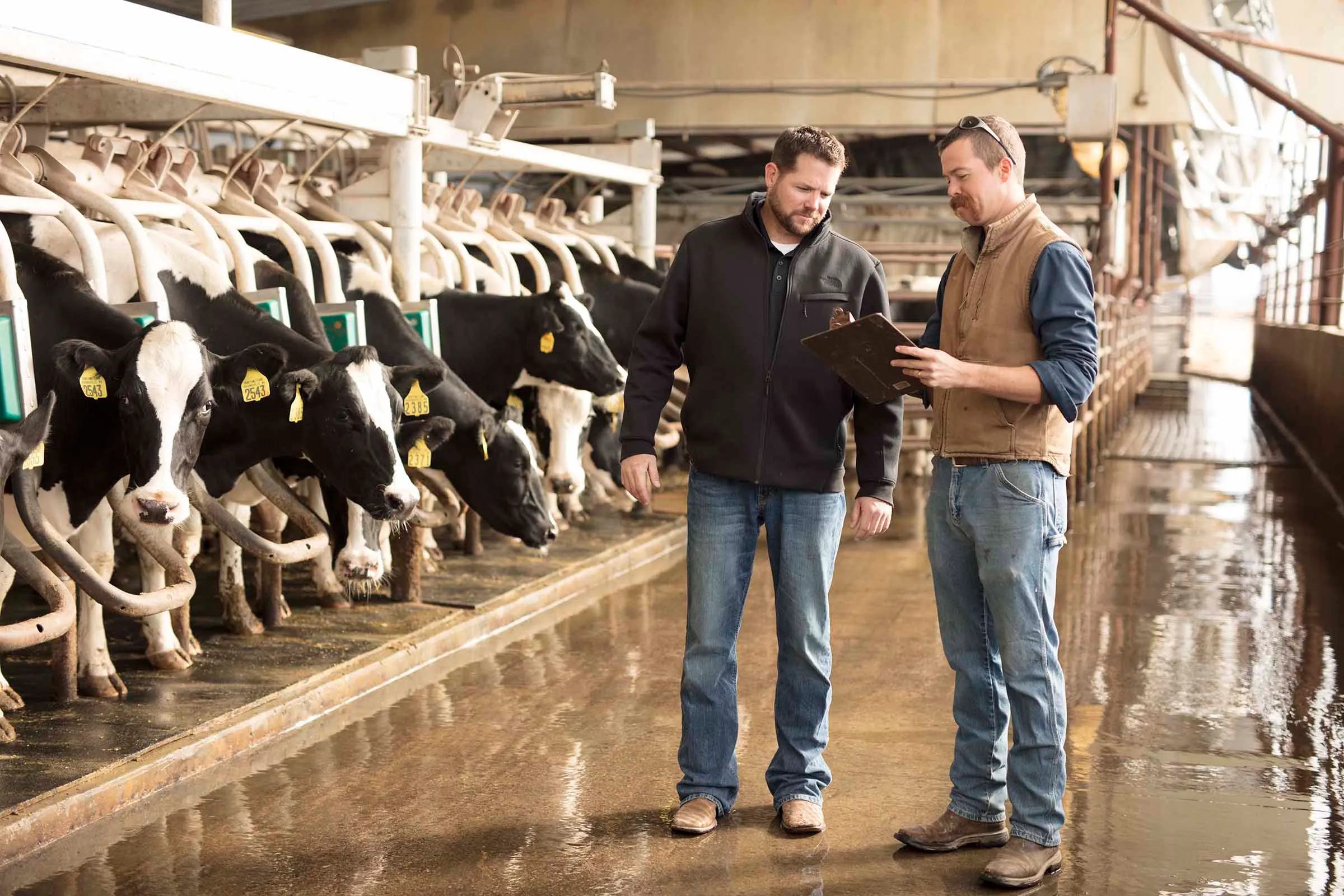
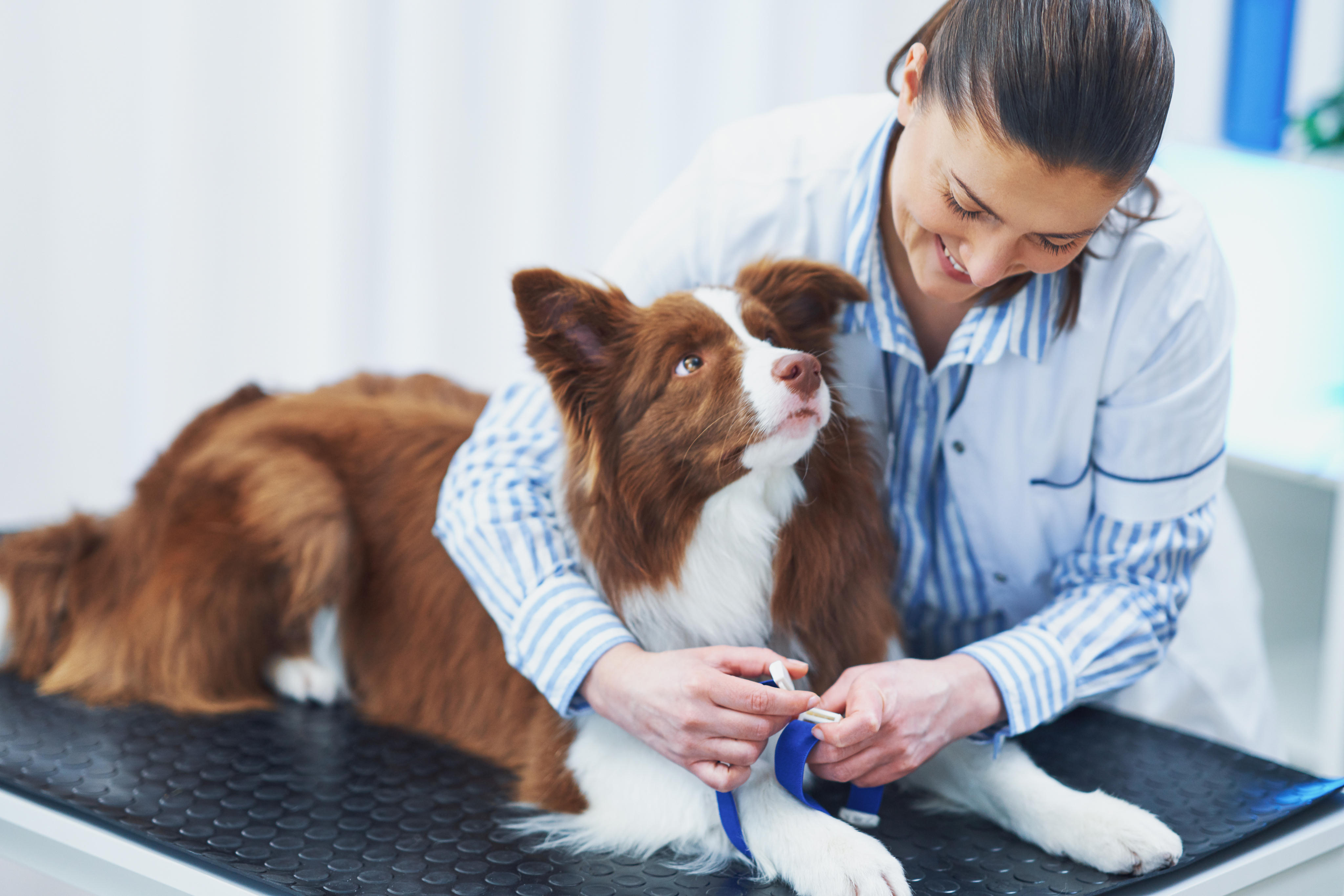
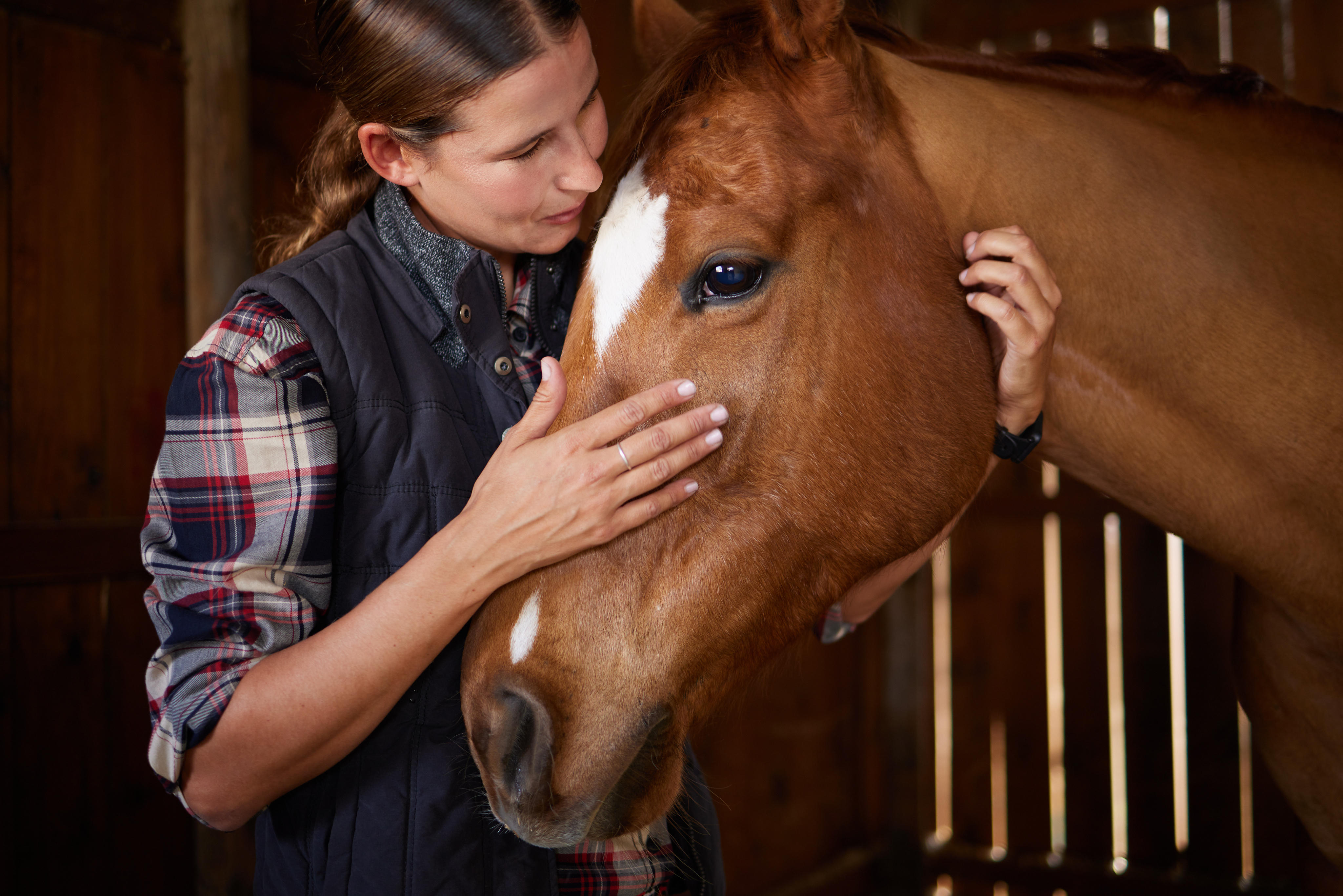
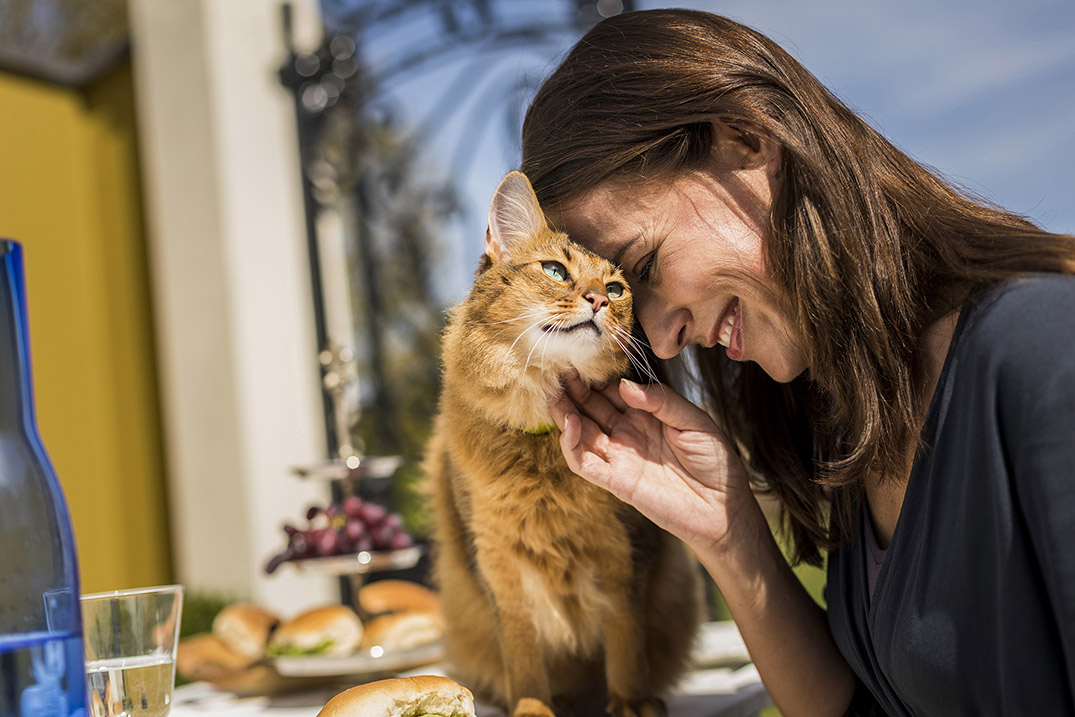
 Go To United States
Go To United States Algeria
Algeria Argentina
Argentina Australia
Australia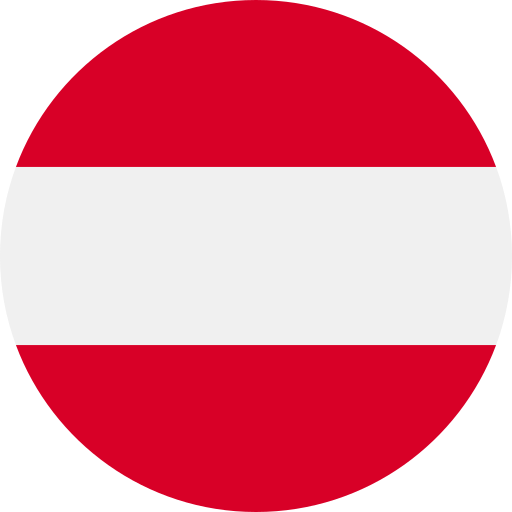 Austria
Austria Bahrain
Bahrain Belgium (Dutch)
Belgium (Dutch) Brazil
Brazil Canada (English)
Canada (English)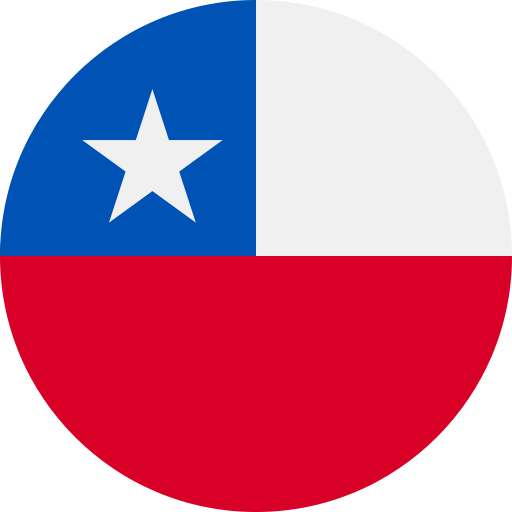 Chile
Chile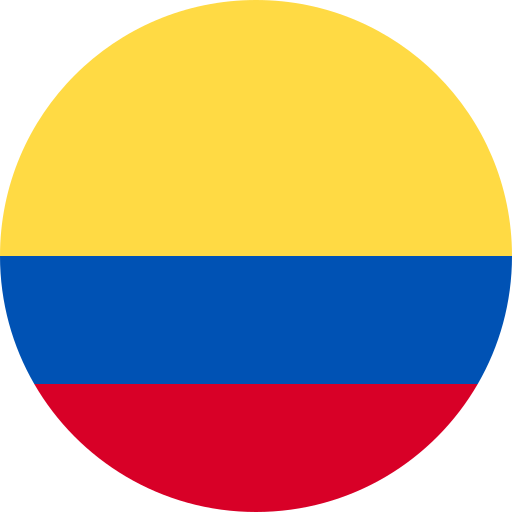 Colombia
Colombia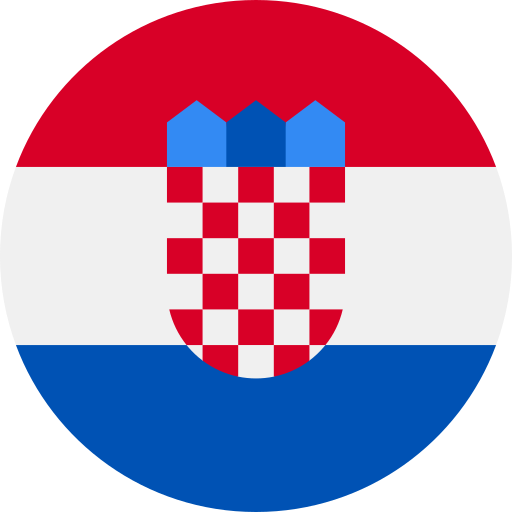 Croatia
Croatia Czech Republic
Czech Republic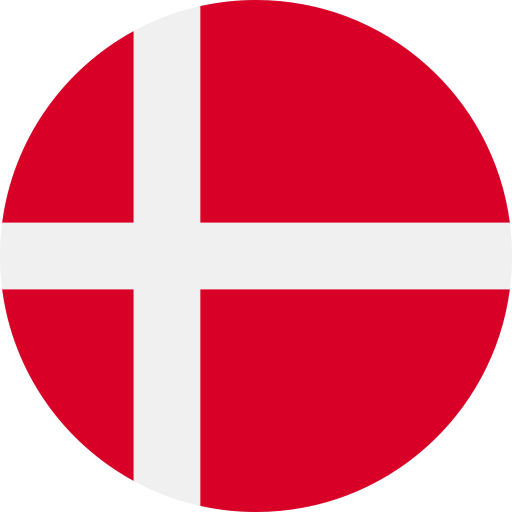 Denmark
Denmark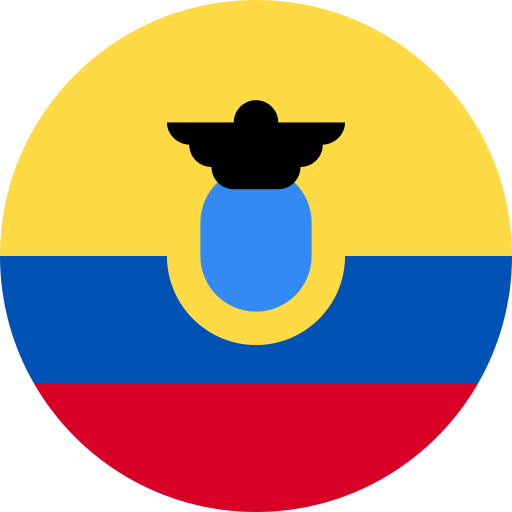 Ecuador
Ecuador Egypt
Egypt Finland
Finland France
France Germany
Germany Greece
Greece Hungary
Hungary India
India Indonesia
Indonesia Iraq
Iraq Ireland
Ireland Israel
Israel Italy
Italy Japan
Japan Jordan
Jordan Kuwait
Kuwait Lebanon
Lebanon Malaysia
Malaysia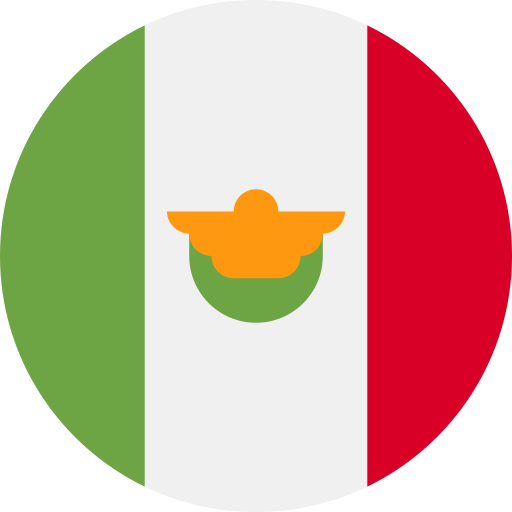 Mexico
Mexico Morocco
Morocco Netherlands
Netherlands New Zealand
New Zealand Norway
Norway Oman
Oman Panama
Panama Peru
Peru Philippines
Philippines Poland
Poland Portugal
Portugal Qatar
Qatar Romania
Romania Russian Federation
Russian Federation Saudi Arabia
Saudi Arabia South Africa
South Africa South Korea
South Korea Spain
Spain Sweden
Sweden Switzerland (French)
Switzerland (French) Taiwan
Taiwan Thailand
Thailand Tunisia
Tunisia Turkey
Turkey Ukraine
Ukraine United Arab Emirates
United Arab Emirates United Kingdom
United Kingdom Uruguay
Uruguay Yemen
Yemen Global
Global